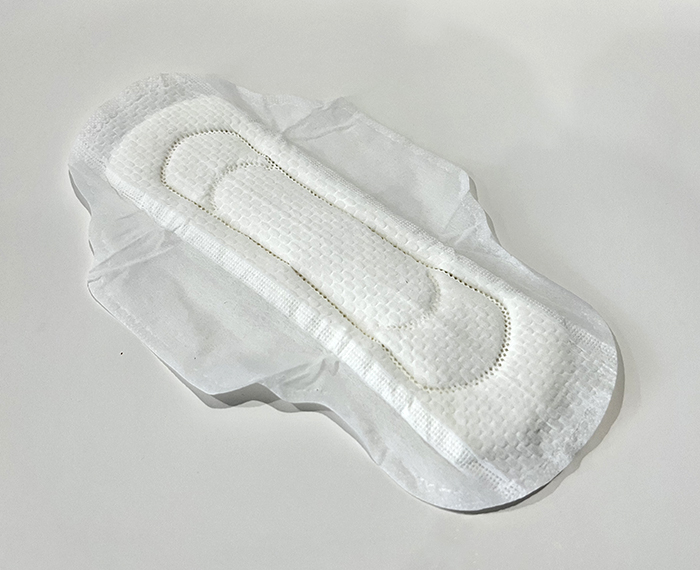Understanding Tampons and Sanitary Pads
Tampons and sanitary pads are two of the most common menstrual products used worldwide, each designed to absorb menstrual flow effectively.
A tampon is a small, cylindrical product made of absorbent material such as cotton or rayon. It is inserted into the vagina to absorb menstrual blood directly at the source. Many modern tampons come with applicators for easier insertion and better hygiene.
A sanitary pad, also known as a sanitary napkin, is a rectangular pad that sticks to the inside of underwear to collect menstrual flow externally. Pads come in different sizes, thicknesses, and absorption levels, offering a range of options for day and night use.
Both products serve the same purpose—menstrual protection—but differ significantly in how they are used and how they fit into daily routines.
Pros and Cons of Using Tampons
Advantages
Tampons are highly discreet and comfortable, making them ideal for women who enjoy swimming, sports, or other active lifestyles. They stay in place and prevent visible lines through clothing. Because tampons absorb fluid internally, they reduce the feeling of dampness and odor.
Disadvantages
Tampons must be changed every 4 to 8 hours to prevent infections such as Toxic Shock Syndrome (TSS), a rare but serious bacterial condition. Incorrect insertion may cause discomfort, and some women may find tampons unsuitable if they have vaginal dryness or sensitivity. Additionally, beginners might need time to get used to proper insertion and removal techniques.
Benefits and Drawbacks of Sanitary Pads
Advantages
Sanitary pads are the most widely used menstrual product because they are easy to use and suitable for all ages. They don’t require internal insertion, making them comfortable for first-time users. Pads provide reliable protection for heavy flow days and come in various lengths and thicknesses for different needs.
Disadvantages
Pads can sometimes feel bulky and less breathable, especially during hot or humid weather. Extended wear may lead to discomfort or skin irritation due to moisture buildup. Active users may find pads less convenient during sports or swimming.
Hygiene and Health Considerations
Hygiene is crucial in menstrual care, regardless of which product is chosen. Both tampons and pads should be changed regularly—every 4 to 8 hours—to avoid bacterial growth and unpleasant odors.
For tampons, hands should be thoroughly washed before and after insertion. Pads should be disposed of properly in a waste bin and never flushed down the toilet.
Women with sensitive skin might prefer unscented and chemical-free products. Opting for organic cotton tampons or pads can also help reduce irritation and improve breathability. Proper hygiene not only ensures comfort but also prevents health risks such as infections or rashes.
How to Choose What’s Right for You
Choosing between tampons and sanitary pads depends on personal preferences, comfort, and lifestyle.
- For active women, tampons offer flexibility and freedom of movement.
- For those with sensitive skin, pads made of soft, breathable materials may be more suitable.
- During heavy flow days, combining both—using a tampon with a backup pad—can provide extra protection.
- For environmental awareness, reusable pads or organic tampons can be sustainable alternatives.
Ultimately, the right choice is the one that makes you feel confident, clean, and comfortable throughout your period.
E-way: Providing Both Options for Modern Women
Modern women deserve products that adapt to their lifestyles without compromising on safety or comfort. E-way understands these needs and offers both high-quality tampons and sanitary pads designed with advanced absorbent technology and skin-friendly materials. E-way tampons provide a smooth, comfortable fit with reliable leak protection, while E-way sanitary pads feature breathable layers and superior absorption for all-day freshness.




